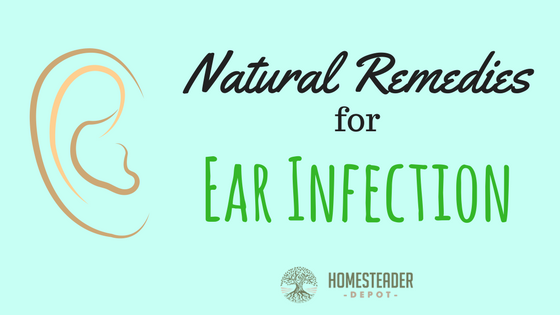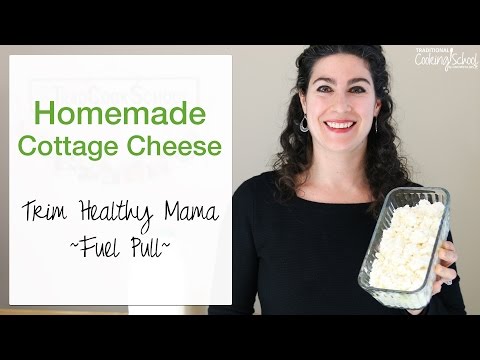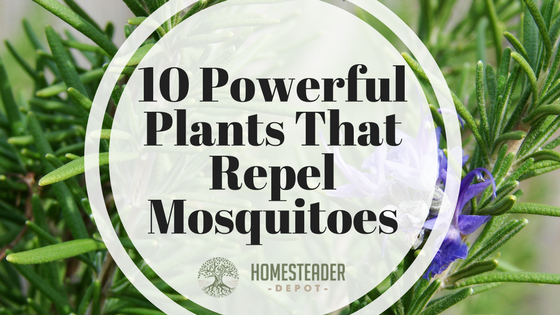What’s The Deal With Healthy Fats?
You’ve probably heard a lot of buzz over the last few years concerning “healthy fats”. However, mainstream diet wisdom has for years been that reducing fat intake is the best way to lose weight and stay healthy. So what is it, is fat good or not? I think part of the confusion comes from a … Read more








